Home flowers for active growth and flowering require regular fertilizer. Fertilizing indoor flowers with available home remedies facilitates the task for gardeners - no need to look for special fertilizers and spend money on them (although some components will have to be purchased if necessary). It is simple to prepare and apply them, you just have to follow the recipe.
Content
The need to feed domestic plants
Indoor flowers, like plants in the open ground, constantly spend their energy on growth and development, getting the bulk of nutrients from the ground. However, the area of nutrition in the flower container is small, the soil is rapidly depleted.
Even after replacing the substrate, after a couple of months, the plants show signs of starvation, as evidenced by the deterioration of their appearance: growth slows down, leaves turn pale, become smaller, turn yellow, become stained or "leaf fall" begins, the flowers fall off or flowering completely stops.
All this can be avoided by the timely application of fertilizers. Moreover, top dressing (root and extra root) allows you to get beautiful flower specimens that will delight your look all year round. It is especially important to feed the plant during the most laborious period of budding for it, so that the flowering lasts long enough and is plentiful, and the flowers grow large and bright.
 You may be interested in:
You may be interested in:Seasonal support for indoor plants
In accordance with the morphological characteristics of plants, their development throughout the year occurs in different ways. At home, you can provide them with seasonal support.
In the spring
With the advent of spring, the sun's rays penetrate through the windows and pets actively rush to growth. Since that time, they can already be fed 1 time in 2 weeks, and in April - to provide more frequent dressing (depending on the type of flower).
The choice of top dressing is up to individual discretion. Recommended liquid complex fertilizers. They are simply dissolved in water and watered in the usual way. But you can use simpler household fertilizers, which are no less useful. Among them are pomegranate peels, citrus zest, banana peel, tea leaves, sugar, iodine, hydrogen peroxide, castor oil, wood ash, succinic acid, yeast, aloe juice, nettle, etc.
Summer
In summer, top dressing can be done 2 times a month. From folk remedies, all of the above will do. Of the mineral ones - ammonia or potassium nitrate, potassium salt, as well as superphosphate.
Fall
For most green indoor dwellers, autumn is a time of preparation for winter rest. In this regard, the diet changes.
In some species (monstera, dieffenbachia, syngonium, aglaonema, dracaena, ivy, senpolia, phalaenopsis, fatsia, arrowroot, palm, croton, anthurium, episthesis, hypoesthesis, etc.) there is almost no winter recreation.
Therefore, top dressing in the fall and winter does not stop, but their frequency decreases gradually (up to 1 time per month) and the dose is halved. The listed species are suitable complex fertilizers with trace elements. Representatives of the Aroid family, palm trees and ivy can be nourished with low concentration organic matter.
30-60 days before the onset of the dormant period, you can feed tuberous begonia, achimenes, hippeastrum, gloriza, zephyranthes, oleander, myrtle, pelargonium, bougainvillea, clerodendrum, cacti and most of the succulents with phosphorus-potassium fertilizers) (it is harmful). This top dressing will increase resistance to colds and diseases. Later stimulation is not recommended.
In winter
Most of the plants in the cold season slow down or stop their development, therefore, they do not need nutrients. But this does not apply to azaleas and gardenias, camellias and cyclamens, gerberas and violets, Decembrists and begonias, as well as some orchids. After all, they are actively blooming at this time.
Feeding (2 times in 30 days) with potassium monophosphate in combination with micro and macro elements (e.g. Citovit) and humic substances (such as Potassium humate) will help them. For each type of houseplants, specialized and complete complex fertilizers with a low nitrogen content are usually selected.
As natural winter dressings, the following are used:
- 1 tsp aloe juice in 1.5 liters of water;
- infusion of crusts of pomegranate and citrus;
- soft water after soaking peas in it and washing the cereals;
- used aquarium water.
Home recipes for dressing indoor plants
There are many such recipes. After all, flower owners are constantly experimenting with unexpected solutions. Depending on the type of flower and the conditions of detention, they can achieve the desired effect.
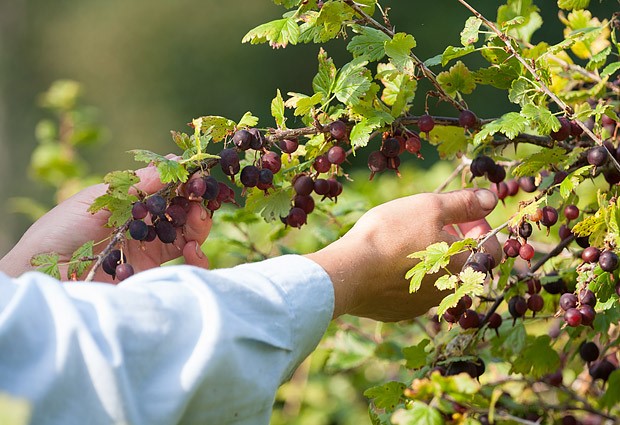 You may be interested in:
You may be interested in:Hydrogen peroxide
H2O2 well strengthens weakened plants. 25 g (1.5 tablespoons) of 3% hydrogen peroxide should be diluted in 1 liter of water and water the soil once a week with this solution. Irrigation of leaves and stems is desirable only for the prevention of pest and disease control.
Castor oil
Castor oil is made from castor seeds, which is poisonous to humans and animals. The plant is grown as an ornamental, and the product made from it is a useful and nutritious top dressing. Castor well stimulates the growth and development of plants. Need to pour 1 tsp. oil in 1 liter of water and mix thoroughly.
Iodine
Another effective pharmacy product, which is a component of many mineral fertilizers. Experimental florists assure that flowers (especially geraniums) respond perfectly to an iodine supplement. It is necessary to dissolve 1 drop of iodine in 1 liter of water and carefully pour over the periphery of the pot so that the roots of the plants do not get burns. For 1 flower capacity, 50 ml is enough.
Yeast
Yeast is an excellent growth promoter. Preparing top dressing is quite simple:
- mix 10 g of ordinary yeast with 1 tbsp. l sugar and dissolve in 1 liter of water;
- allow the solution to infuse for 2 hours;
- dilute the solution with water (1: 5).
The resulting infusion can be used to water the soil around plants.
succinic acid
To prepare a nutrient solution, you will need to dilute 1 tablet (0.25 g) or a powder of this acid in 1 liter of water. Watering or spraying with a solution is permissible once a year, since the substance is potent.It is recommended for application under chlorophytums, ficuses, citrus fruits, crassulas, aglaonems, haworthia and prickly pears.
Wood ash
It is used in dry form and in liquid (in infusions and decoctions for irrigation):
- Dry ash is applied to the soil during transplantation or after it, simply sprinkling soil and mixing the top layer. During the spring transplant, 2 tbsp. This natural fertilizer is mixed with 1 kg of substrate, then a flower is planted in this mixture and watered. Cyclamens, fuchsias, begonias, geraniums react especially well to ash.
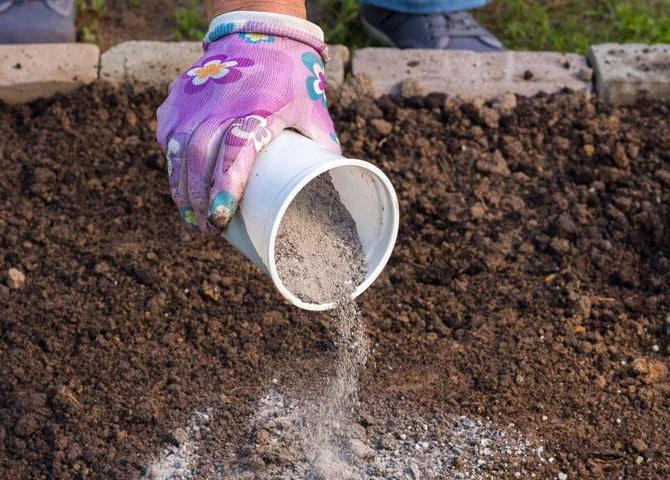
Wood Ash Fertilizer - The infusion is prepared as follows: dilute ash (3 tablespoons without a slide) in 1 liter of water, leave for 1 week and shake it daily (so that the particles dissolve uniformly). Water the plants once every 1.5-2 weeks. 100 mg of infusion is quite enough for a 1 liter pot. It can be combined with organic fertilizers, which do not include ammonia.
- For a decoction, you need 2 glasses of water and 20 g of ash. The mixture should be boiled for 1/2 hour and filtered, and then diluted in 2 liters of water. Exceeding the ash concentration can harm. The broth is suitable for spraying for two purposes - foliar top dressing and pest control. To better stick to the leaves, you can add another component - a piece (1/3) of laundry soap.
Tea leaves
The use of tea leaves can not only stimulate the development of the plant, but also cause an invasion of sciarides - tiny black flies. Therefore, it is advisable to use the tea leaves only as drainage. First, it should be dried and, when replanting plants, mix with the substrate (1: 3). In addition, top dressing with tea is recommended only for flowers with a delicate root system - violets, peperomia, begonias, etc.
Sugar
Sugar includes glucose, which is a source of energy for all the vital processes of the plant body. In addition, glucose promotes the formation of complex organic molecules.
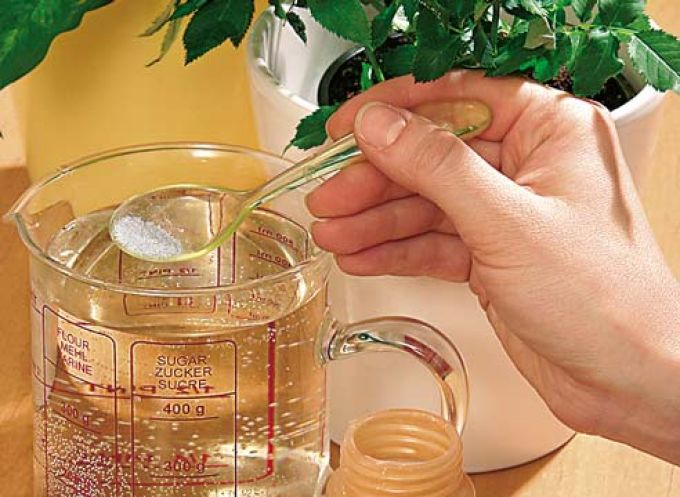
It is necessary to dissolve 1 tbsp. l sugar in 0.5 l of water or sprinkle with granulated sugar and pour over warm water. It is recommended to do this no more than 1 time per month, and so that sugar does not contribute to the formation of mold and root rot - use in combination with EM preparations (for example, Baikal EM-1).
Banana peel
There is a lot of potassium in the banana peel. Make it necessary after preliminary preparation. Dry first (6-7 days), then grind thoroughly (preferably with a blender) and mix with the ground in a flower container. It is advisable to do this when transplanting flowers.
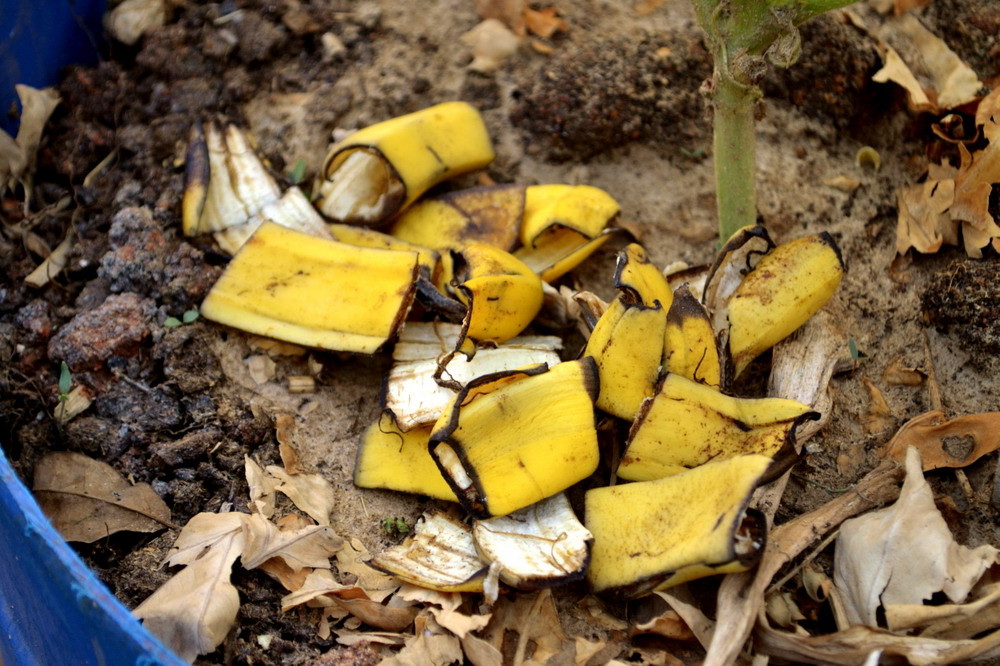
You can prepare an infusion: withstand the fresh skin of a banana fruit in water until the foam appears, strain and water the resulting compote of the plant once every 2 weeks.
Nettle
Good green manure that saturates the soil with nitrogen and minerals. It helps plants become stronger and healthier. Nettle broth is prepared as follows: the shoots are soaked for 1 day in warm water, which is then filtered. Water the flowers with infusion 1 time in 2 weeks.
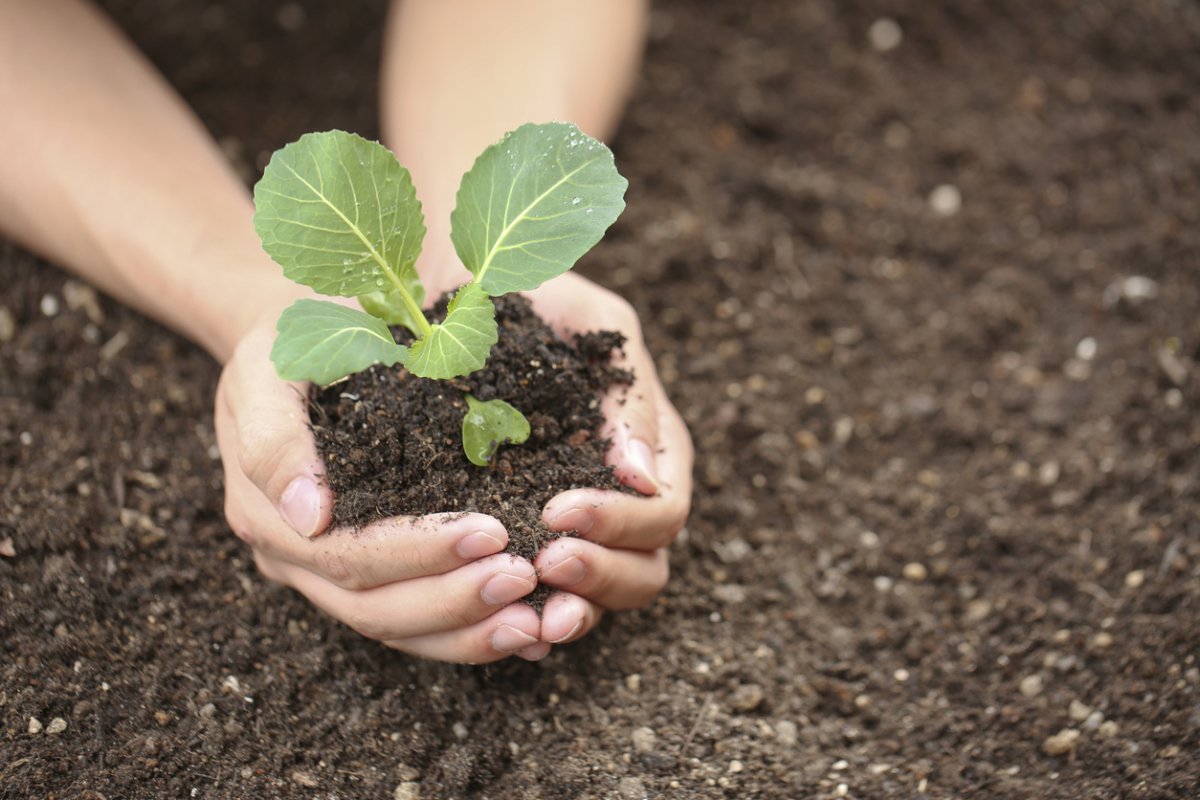 You may be interested in:
You may be interested in:Common questions
A healthy and attractive look to green pets can only provide quality care for them, which includes the use of top dressing. All this is easy to do at home. The choice of folk remedies and recipes is large, but fertilizers should be applied in a timely manner and plants should only be provided with the necessary nutrients in the optimal amount.


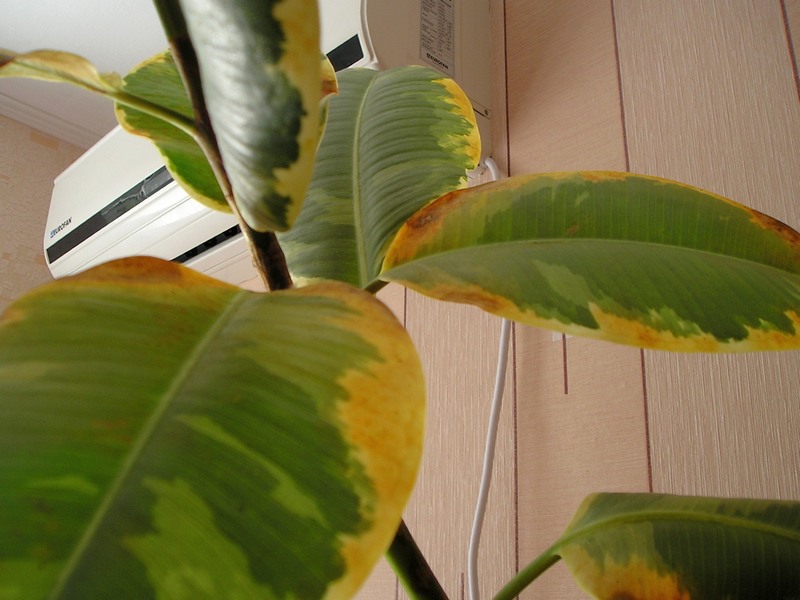
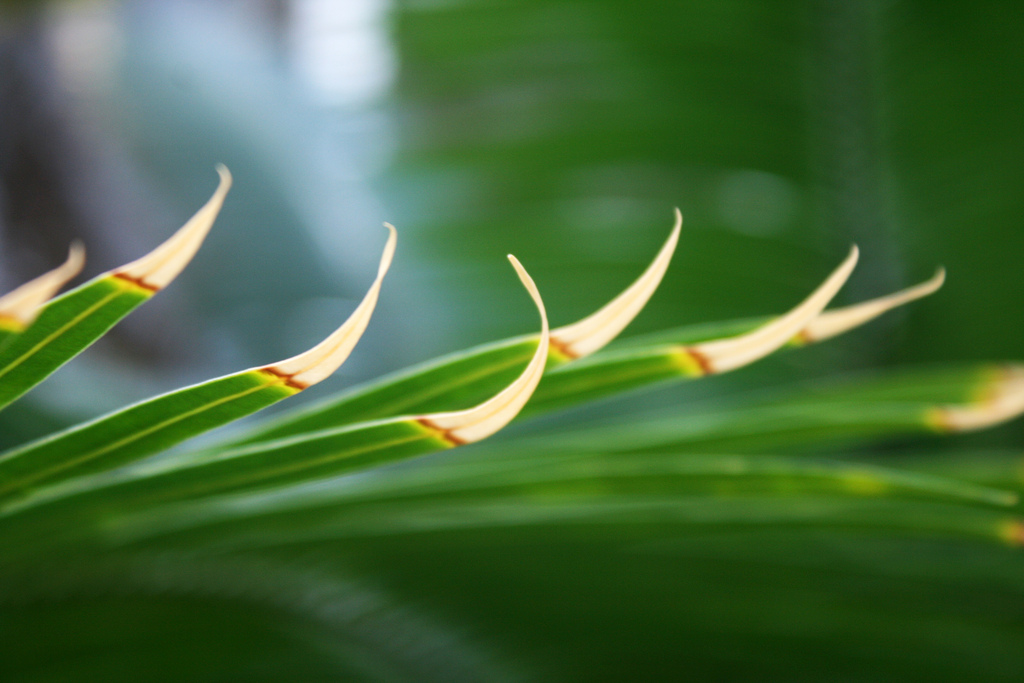
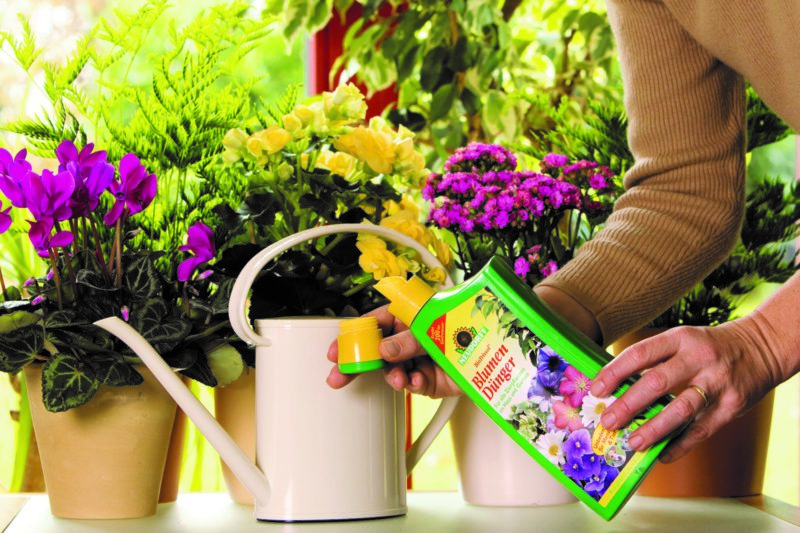
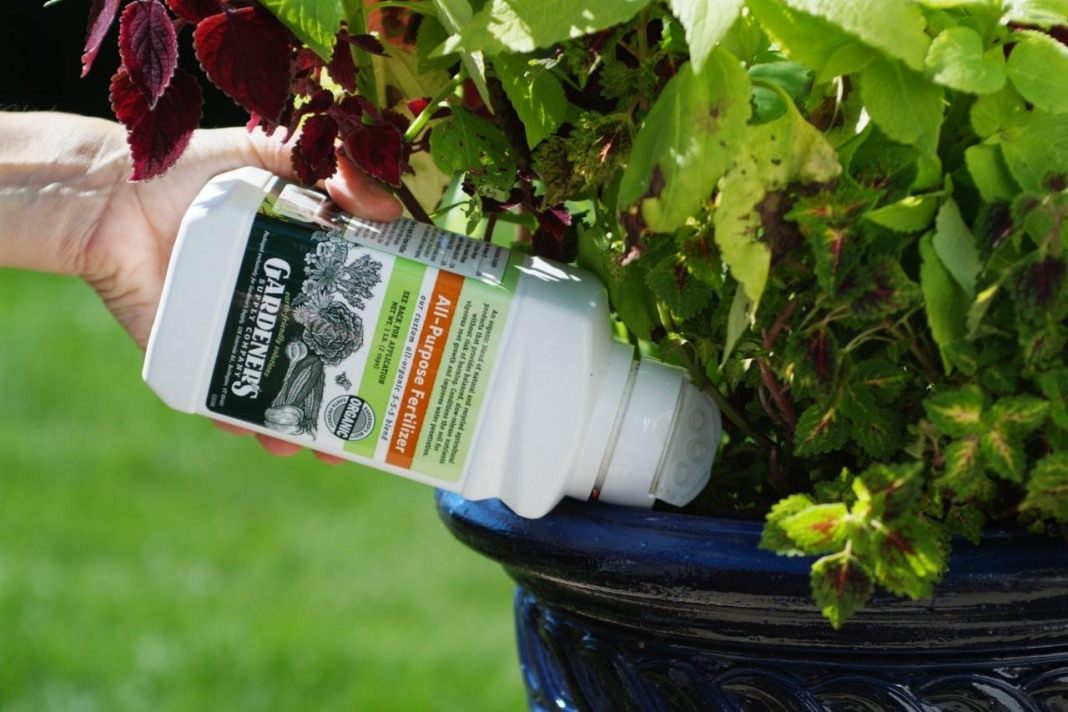
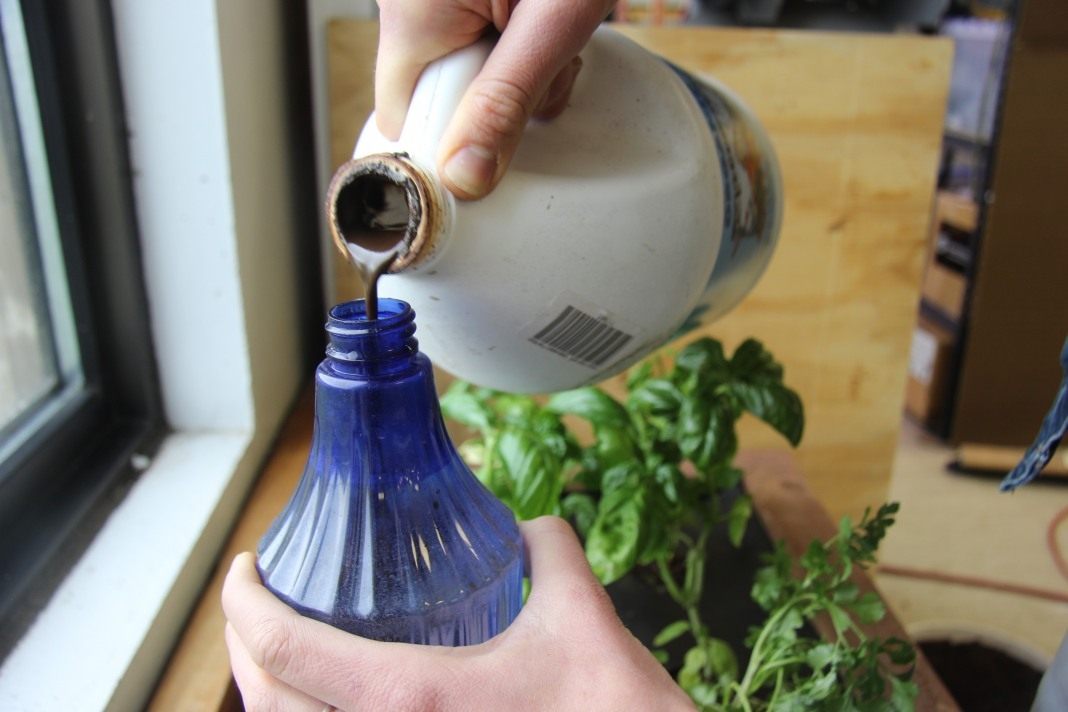
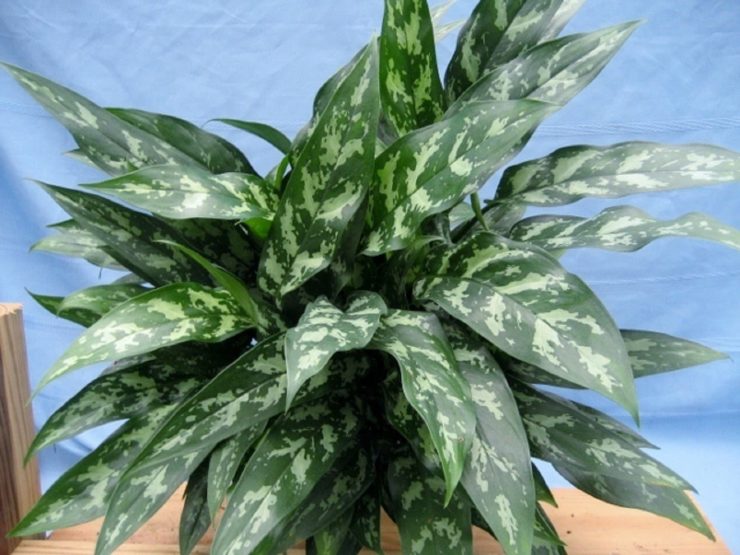
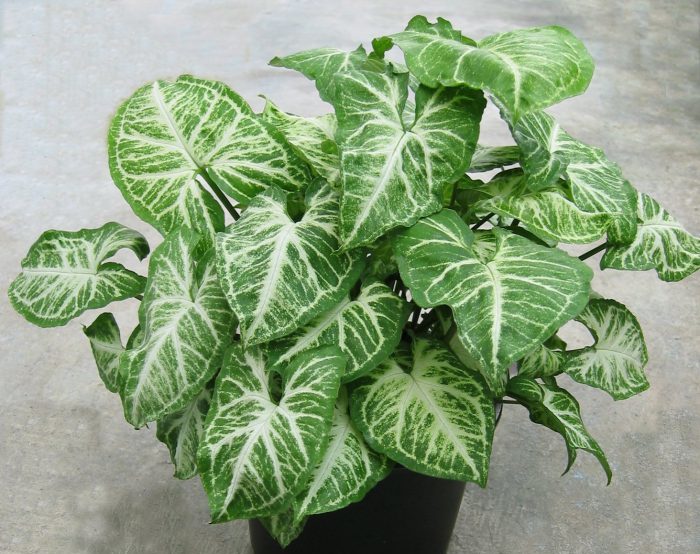

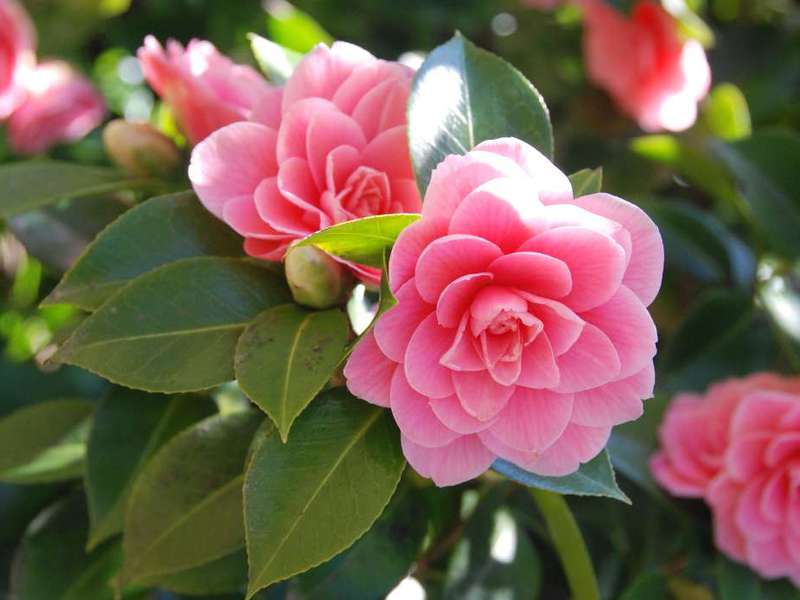
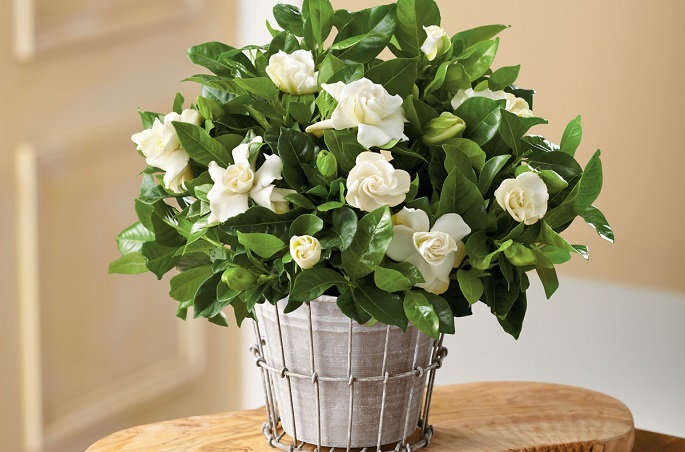
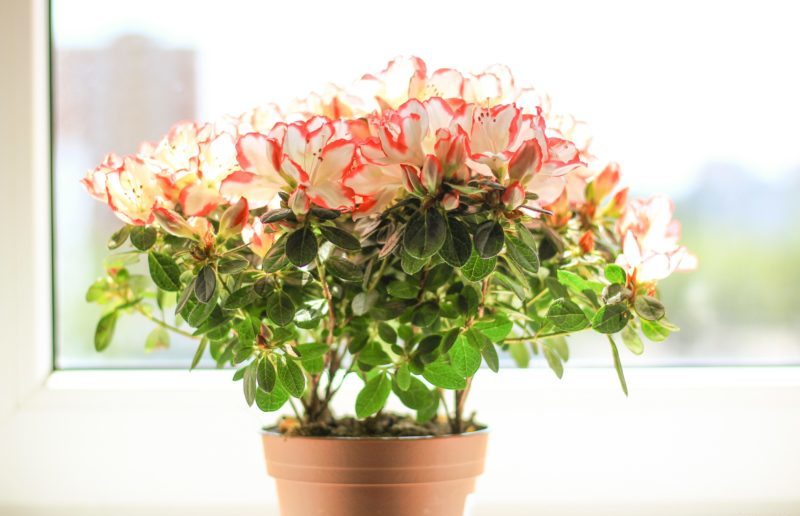
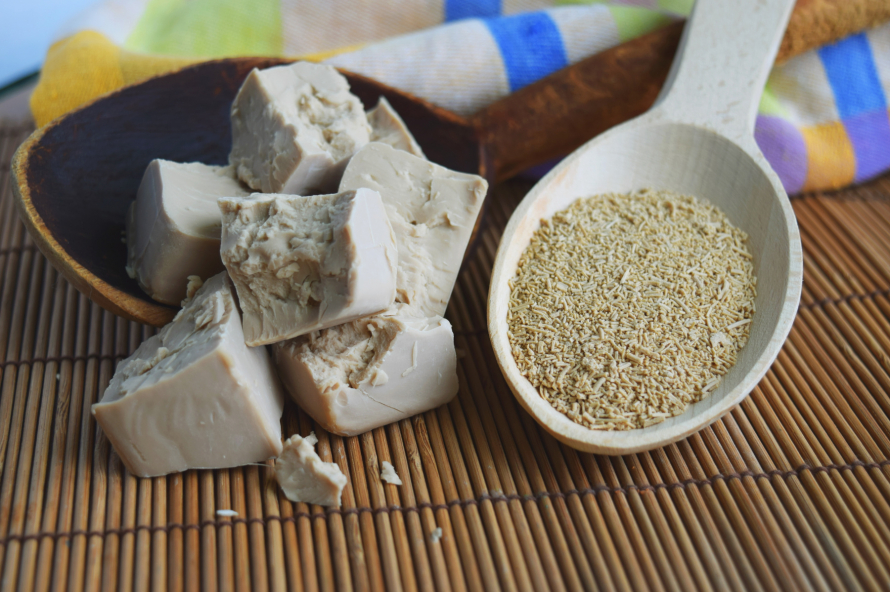
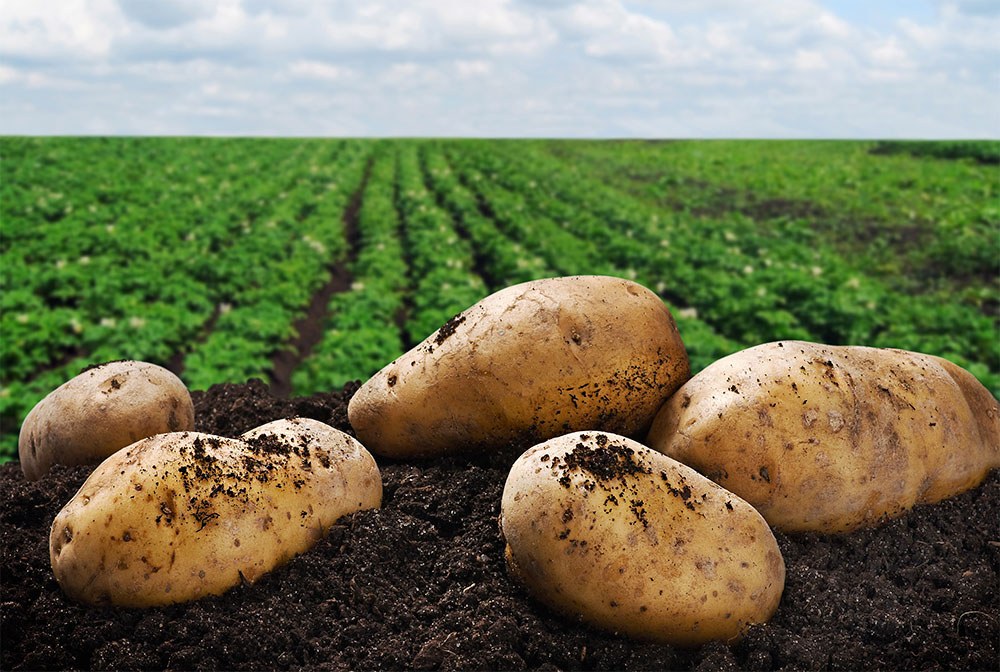
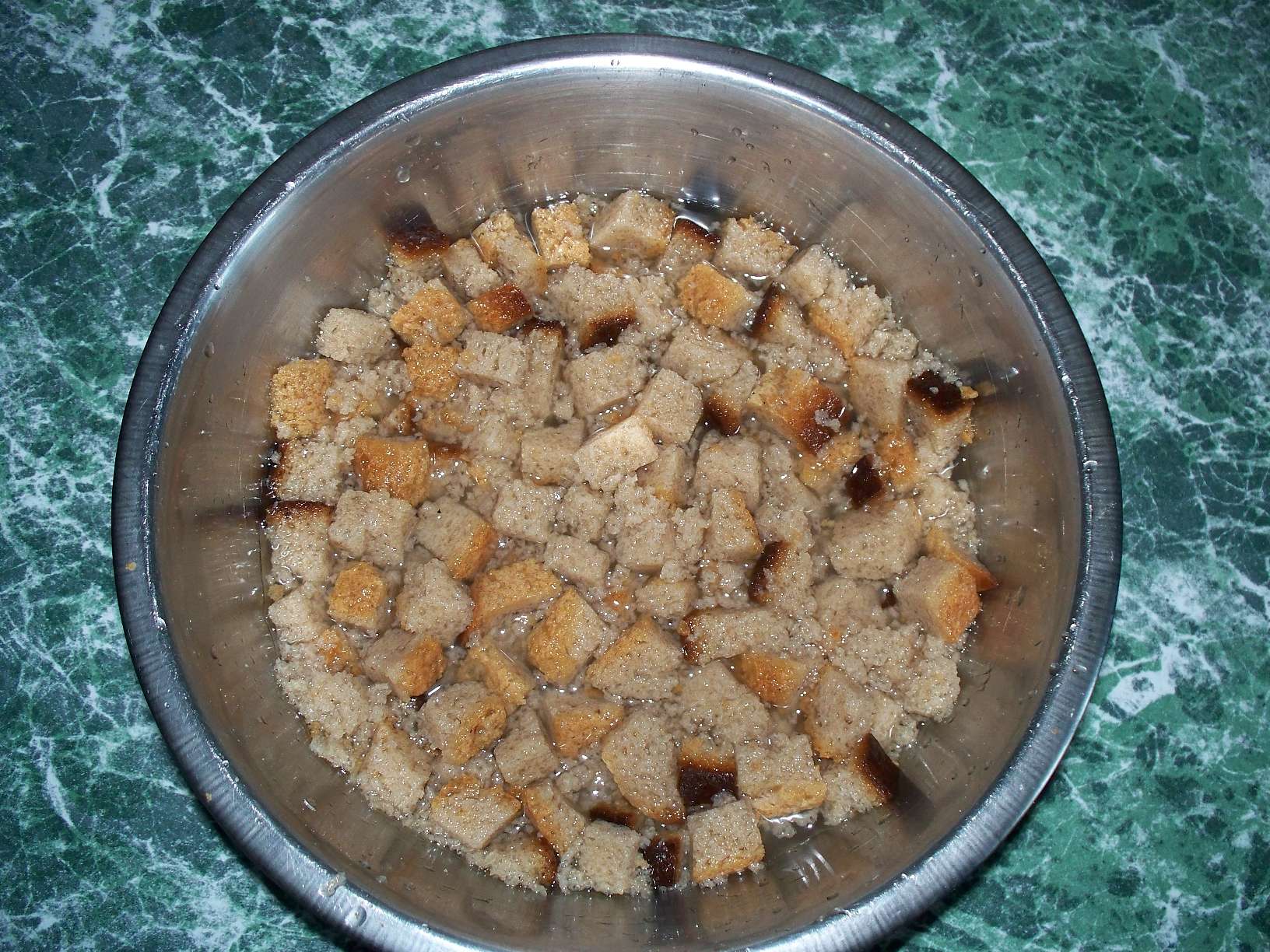
 Superphosphate: what is it and how to apply it
Superphosphate: what is it and how to apply it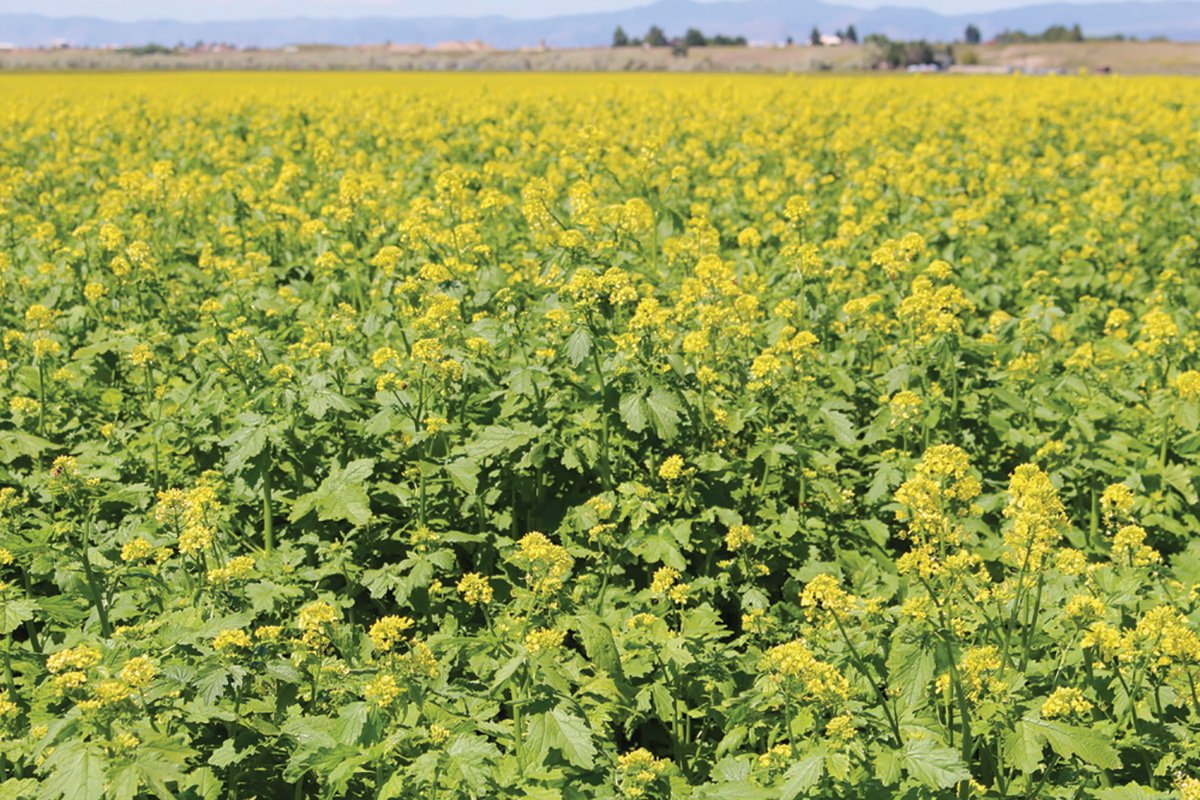 What problems can be expected from siderats?
What problems can be expected from siderats?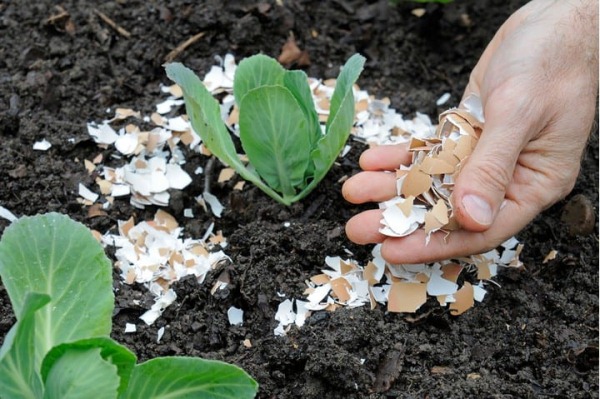 Secrets of the collection, storage and use of eggshells in the garden
Secrets of the collection, storage and use of eggshells in the garden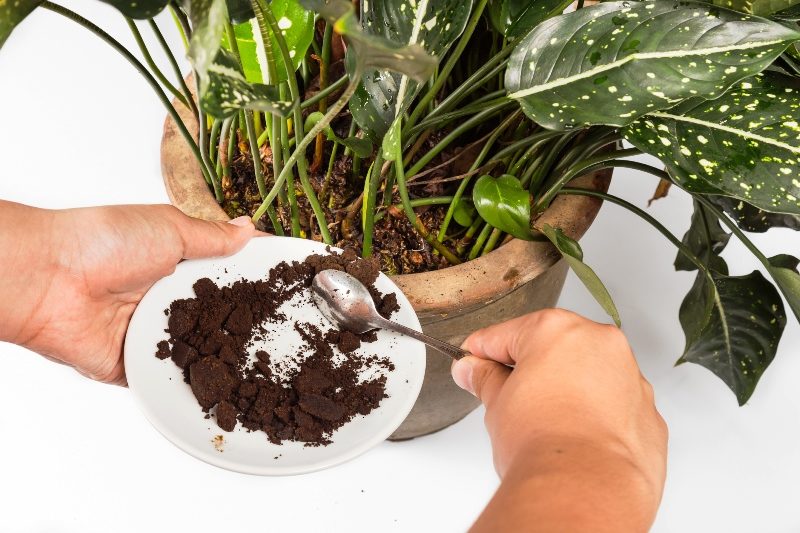 The most popular top dressing for indoor plants
The most popular top dressing for indoor plants
Diets.Guru
Moreover, for dressing indoor flowers, you can use home remedies that every housewife has, and it is not necessary to buy them at the store.